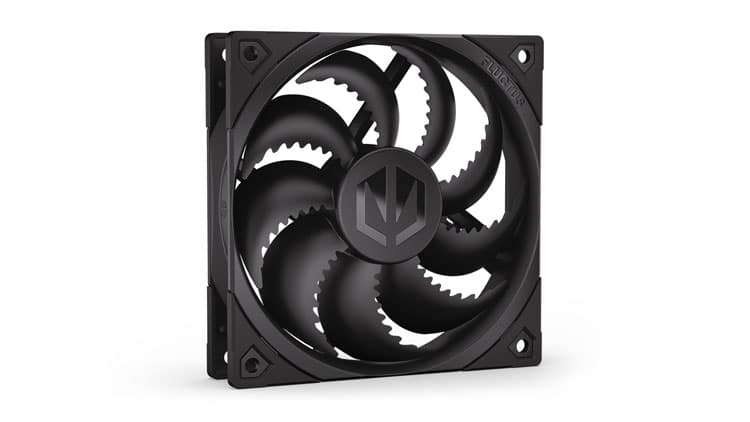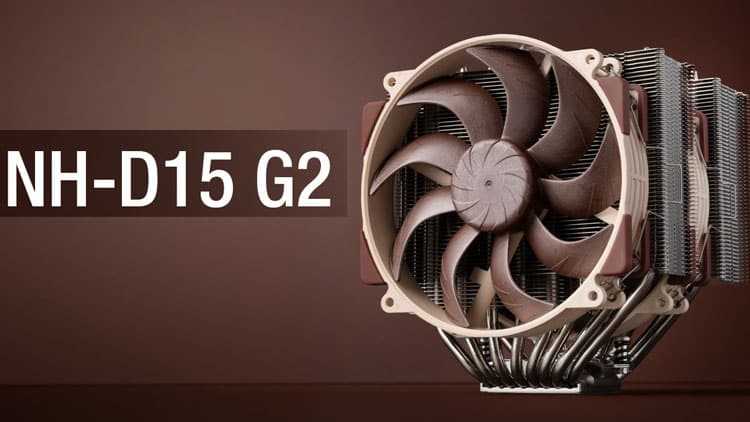Advertised Vs. Real Performance
This is probably the most crucial page, showing how accurate the data provided by the manufacturers/brands on their products is. Since nobody so far could verify these numbers, it was an open field for every brand to declare whatever it wanted, but this stops now. I should also note that I strictly follow the specific guidelines (ISO7779: 2018) for taking noise measurements in information technology and telecommunications equipment.
In the table below, anything in Red means bad news, while the Blue fonts are good!
| Performance Metric | Advertised Performance | Real Performance P12 Max White | Difference |
|---|---|---|---|
| Max Speed (RPM) | 3300 | 3338 | +1.15% |
| Max Input Current (A) | 0.29 | 0.33 | +13.79% |
| Max Power (W) | 3.48 | 3.94 | +13.22% |
| Qmax (CFM) | 81.04 | 80.55 | -0.60% |
| Pmax (mmAq) | 4.35 | 4.90 | +12.64% |
| Max Noise Level (dBA) | 37.5 | 41.9 | +4.4 dBA |
| Performance Metric | Advertised Performance | Real Performance P12 Max Black | Difference |
|---|---|---|---|
| Max Speed (RPM) | 3300 | 3366 | +2.00% |
| Max Input Current (A) | 0.29 | 0.34 | +17.24% |
| Max Power (W) | 3.48 | 4.03 | +15.80% |
| Qmax (CFM) | 81.04 | 85.02 | +4.91% |
| Pmax (mmAq) | 4.35 | 5.12 | +17.70% |
| Max Noise Level (dBA) | 37.5 | 42 | +4.5 dBA |
The differences between the first and the second P12 Max Black (DBB) that I tested in performance are low and are fully justified by sample variation. Still, the power consumption energy readings I got are not in line with the ones from these samples, so I have to assume that something didn’t go well there. This is why I will keep the results of the second P12 Max Black sample in my database.
Power consumption is slightly increased compared to what Arctic claims. On the other hand, performance is either very close to what the manufacturer states or notably better, especially in static pressure.



The double ball bearing model is gone in the US. Arctic decided to change it to FDB.
I saw. I can no longer find P12 Max with double ball bearing, whether in the black or white version. That is, the black one is now FDB too!
Black: https://www.arctic.de/en/P12-Max/ACFAN00280A
White: https://www.arctic.de/en/P12-Max/ACFAN00293A
Note that the bearing is the same (double ball bearings) in both colorways. Is it the end of the double ball bearing?
I guess, the metal screeching at lower RPM caused a lot of complaints 😛
First of all, many thanks Aris!
Well, I was expecting bigger difference at lower RPMs. In the higher I expected very similar results, as it is, because the main source of noise, which covers other sounds, is created by a moving air mass that radiates a sound wave into the environment. And since the geometry of propeller is the same, there should be no major differences.
This 2nd DBB fan is not so disturbing at 10% (although it’s very near) as the 1st DBB (spike at 5 kHz). However, at 25% it is even more annoying than 1st one because of the harmonics/resonance, which starts between 2nd and 3rd second in the recording.
FDB has much nicer sound at 10% and 25% PWM level.
One note: I have one hypothesis as to why the 1st DBB has higher power consumption than the 2nd. The spike at 5 kHz reminds me of grinding/scraping metal on metal. The bearings may not be sufficiently lubricated, or the tolerance of the bearing balls is not tight enough … but its only a guess 😀
for sure there was something wrong with the first sample, since its peak RPM on the longwin were also off.